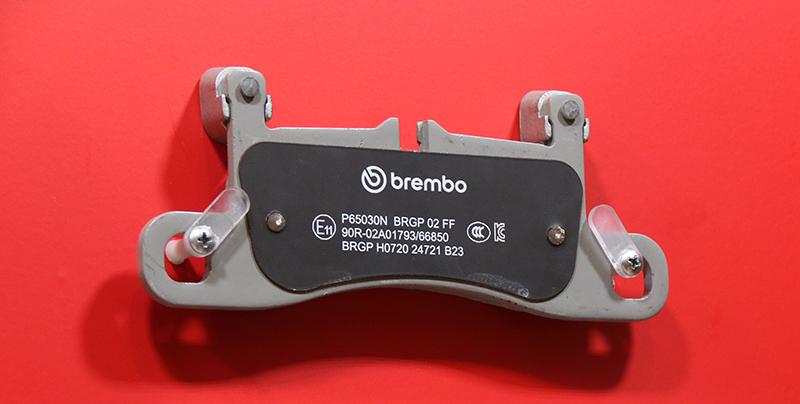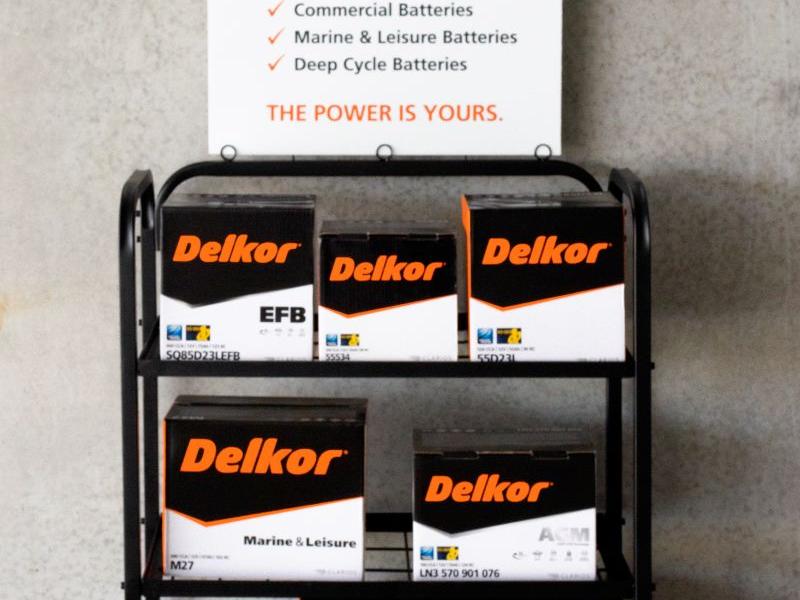The main trends around brake technology are driven by a desire to improve vehicle economy by reducing the weight of the brake system components. This has the added benefit of reducing the unsprung weight giving additional ride and handling benefits. This involves looking at a range of new materials which then introduce the need for further changes in construction.
Brake discs
The current standard brake disc is of one-piece cast iron construction some of the recent innovations are:
• BMW Composite Discs
These are two-piece discs with the cast iron rotor attached to an aluminium hat, this retains the traditional cast iron braking surface whilst achieving a 15 per cent weight reduction. They require a mechanical pin connection between the components.
• Mercedes Benz Co-Cast disc
These have a cast iron rotor and a cast steel hat that is Co-Cast to the rotor, again there is around a 15 per cent weight reduction.
• Non vented stainless-steel disc
This has a stainless-steel surface and a steel hat, it gives a weight saving of around 30 per cent. The heat range is lower but there is reduced pad/disc wear and lower corrosion. Due to the lower heat range it is only currently suited to light vehicles or light duties such as EV’s or use in rear brakes.
• Aluminium discs
Under development, currently have a maximum operating temperature of 400 degrees C so only suitable for ultra-light cars. They require a surface reinforced with special materials but can achieve a 40 per cent weight reduction.
• Carbon Ceramic discs
Come with an aluminium hat, very high temperature range, 50 per cent weight reduction and low wear. Very high friction coefficient with no fading but very expensive so currently limited to supercars and racing applications.
Brake pads
Weight reduction can come from changes to backing plate and pad material. Brembo’s Project Lybra involves fibreglass backing plates which can reduce weight by 30 per cent and reduce thermal conduction from pad to fluid and reduce corrosion. Particularly suited to rear axles on EV vehicles.
Brake calipers
Currently they are made using gravity fed liquid aluminium casting. A new technique involves semi solid metal forming which allows the use of up to 50 per cent recycled aluminium and a potential eight per cent weight reduction as well as the benefits of using recycled material. This is currently an expensive process so is limited to premium vehicles for now.
Project Cobra
Part of an initiative to reduce brake particulate pollution. Project Cobra in which Brembo is a participant is looking at new brake pad production technology that replaces the traditional phenolic resins with a new cement-based material. As well as eliminating the fine particulate emissions during braking there would be significant reductions in energy (up to 90 per cent) and water (up to 95 per cent) use during manufacturing.
Brake by wire
Already a reality with Brembo Sensify, the current focus is to combine electrically operated rear brakes with hydraulic front brakes which are activated by electrohydraulic actuators. This replaces the traditional hydraulic circuits, whilst retaining the power of hydraulics for the front brakes. It works well with advanced safety systems, whilst also saving weight.
EVs/hybrids
Hybrids tend to need larger brakes and wheels due to the extra weight but full EVs despite the greater weight, can have smaller brakes due to the use of regenerative braking from the electric motor. Due to the quietness of EVs there is a lower tolerance for brake noise.
To improve EV efficiency there is also an emphasis on reducing brake drag – this is normally caused by the need to have close contact between the pads and discs even when not braking. Special clips can be used to hold the pads back from the discs to minimise this drag. EVs need low corrosion brake rotors due to the lower use and benefit most from lower weight components. They and can go up to 1000,000km on a set of pads.






